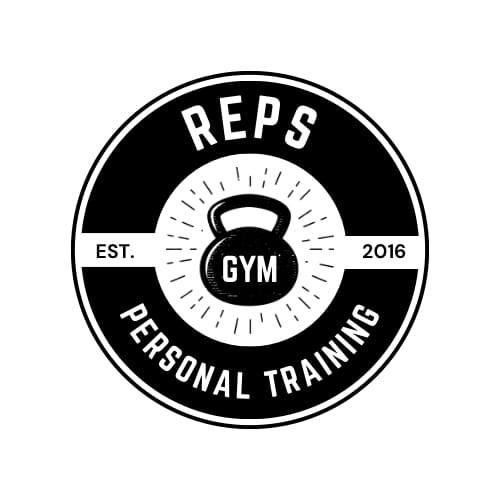The Importance of Weight Training for Adults Over 50
- David Polomie

- Jun 1
- 3 min read
Updated: Jul 6
As we age, maintaining health, strength, and independence becomes increasingly important. For men and women over 50, one of the most effective tools to support longevity and enhance quality of life is weight training—also known as resistance or strength training. Contrary to common misconceptions, weight training isn't just for bodybuilders or athletes; it's a cornerstone of healthy aging.

1. Counteracting Age-Related Muscle Loss
After reaching the age of 30, adults typically lose an average of 3–8% of muscle mass per decade, a condition known as sarcopenia. By age 50, this loss can significantly impact strength and physical function.
Weight training stimulates muscle fibers, encouraging maintenance and growth. This preserves strength, supports metabolism (which naturally slows with age), and aids in everyday tasks like lifting groceries, climbing stairs, or standing up from a chair.
Key Benefit: Preserves independence and daily functional strength.

2. Improving Bone Density and Reducing Osteoporosis Risk
As we age, bones naturally lose density, especially in postmenopausal women. This increases the risk of fractures and conditions like osteopenia and osteoporosis.
Weight-bearing exercises, such as squats, lunges, and overhead presses, stimulate bone-forming cells and improve bone density. Research shows that individuals over 50 who lift weights regularly have higher bone mass and a lower risk of fractures.
Key Benefit: Protects against falls and bone fractures.

3. Enhancing Joint Health and Reducing Arthritis Pain
Arthritis is a leading cause of pain and disability among older adults. While it might seem counterintuitive, strength training can ease arthritis symptoms.
By strengthening the muscles surrounding the joints, weight training reduces stress on the joints and improves range of motion. It also increases blood flow to the cartilage and reduces inflammation.
Key Benefit: Less pain, more mobility.

4. Boosting Metabolism and Aiding Weight Management
Muscle burns more calories at rest compared to fat tissue. As we age and lose muscle mass, our resting metabolic rate decreases, making weight gain more likely.
Regular strength training helps maintain or even increase muscle mass. This leads to a higher calorie burn throughout the day, which supports healthy weight management, blood sugar control, and reduces the risk of type 2 diabetes.
Key Benefit: Helps manage body composition and chronic disease risk.

5. Improving Balance and Reducing Falls
Falls are a serious concern for older adults and a leading cause of injury. Weight training enhances the strength of stabilizing muscles, particularly in the core and lower body. This improvement leads to better balance, coordination, and reaction time.
Functional exercises such as step-ups, single-leg deadlifts, and kettlebell swings build balance along with strength.
Key Benefit: Greater stability and fall prevention.

6. Boosting Mental Health and Confidence
Weight training has shown potential in reducing symptoms of depression, anxiety, and cognitive decline. It improves sleep quality, enhances self-esteem, and provides a valuable sense of accomplishment. Additionally, the community aspect of group fitness or working with a trainer fosters social connections.
Key Benefit: Better mood, cognitive function, and self-image.

Getting Started with Weight Training
Safety First
For those new to weight training, it's wise to begin with guidance. Consulting with a certified personal trainer who has experience with older adults can be beneficial. A proper warm-up, gradual progression, and correct technique are essential.
Start Light
Focus on learning movements with light weights or resistance bands before increasing the load. This is crucial for preventing injuries.
Listen to Your Body
Weight training should challenge you, not cause pain. It's essential to allow time for rest and recovery between sessions.
Aim for Consistency
Setting a goal of 2–3 strength training sessions per week can lead to significant benefits over time.

Final Thoughts
Weight training is one of the most effective ways for people over 50 to reclaim their strength, preserve their independence, and enhance their quality of life. It's never too late to start. With the right approach, anyone can build strength safely while reaping life-changing benefits.
Always consult your physician before beginning any new exercise program, especially if you have chronic health conditions or are taking medications.
Resources for Beginners
National Institute on Aging – Strength Training for Older Adults
SilverSneakers – Fitness programs for older adults
American College of Sports Medicine – Exercise guidelines for older adults




Comments